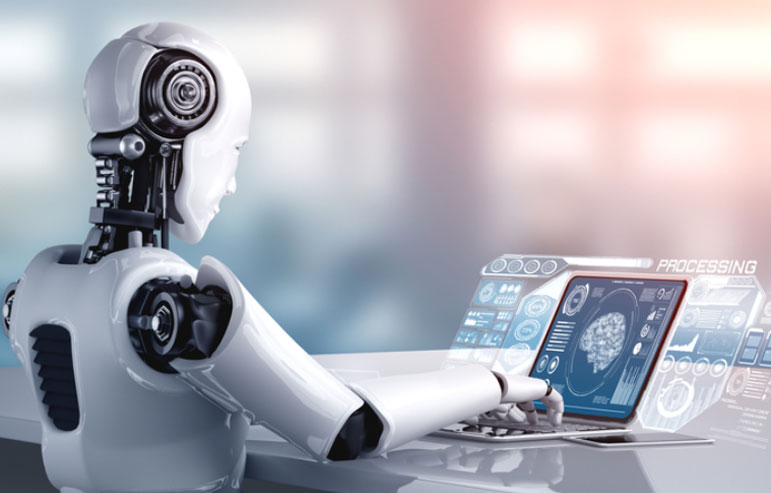Artificial intelligence (AI) refers to the simulation of human intelligence in machines that are programmed to perform tasks that typically require human cognition, such as learning, problem solving, perception, and decision-making. AI can be categorized into several different types, including:
Reactive machines:
These are the simplest type of AI, and they simply react to specific inputs with specific outputs. They do not have memory or the ability to learn from experience.
Limited memory machines:
These AI systems can use past experiences to inform future decisions. For example, a self-driving car might use past experiences to improve its driving decisions.
Theory of mind machines:
These AI systems are capable of understanding the mental states of other beings, and using that understanding to make decisions.
Self-aware machines:
These AI systems have consciousness and can understand their own existence and the world around them.
AI is used in a wide range of applications, including image and speech recognition, natural language processing, robotics, and autonomous vehicles. However, the development of AI also raises ethical and social concerns, including the potential loss of jobs, the impact on privacy and security, and the possibility of unintended consequences.






0 Comments